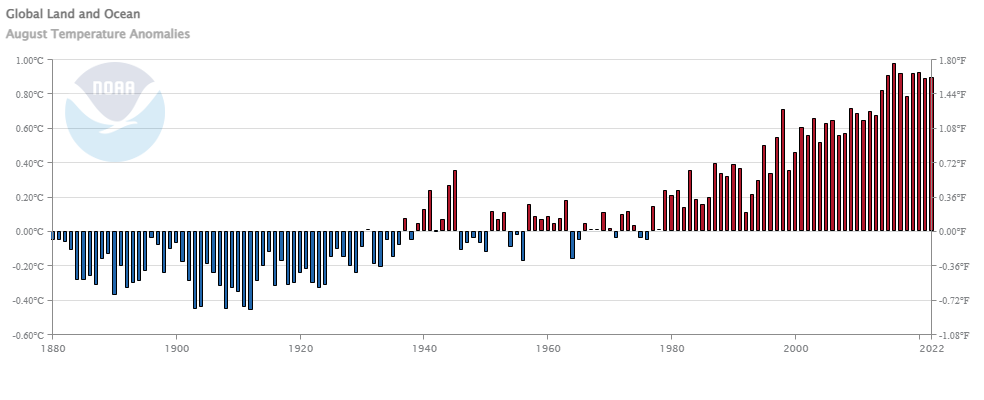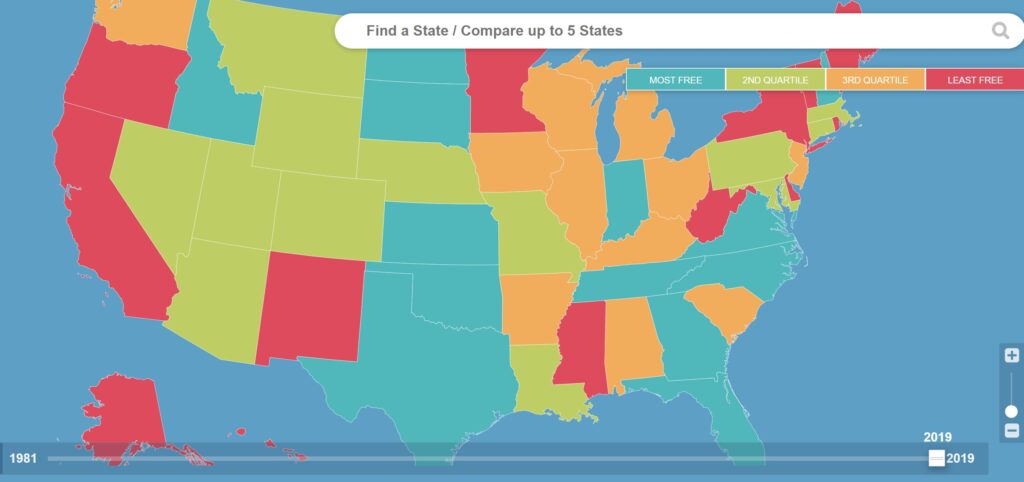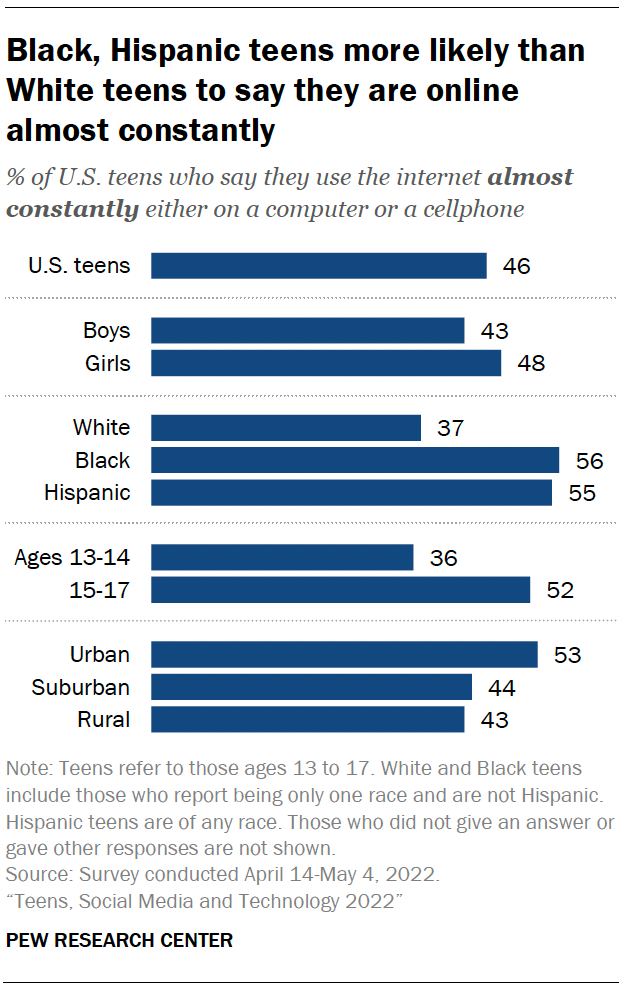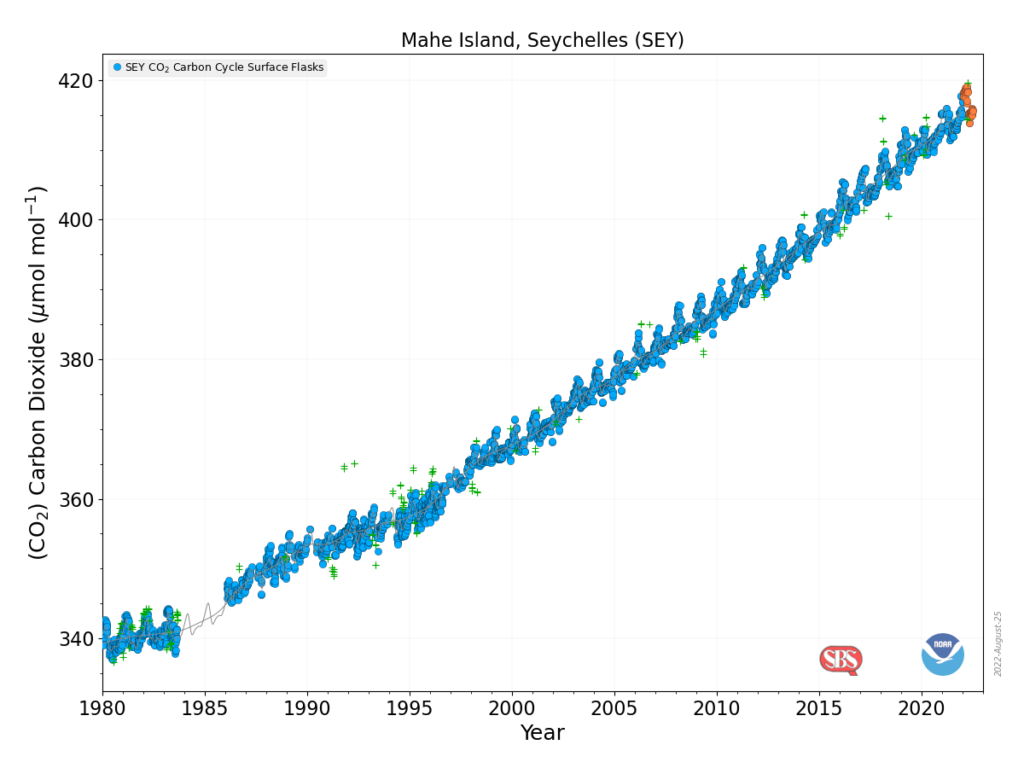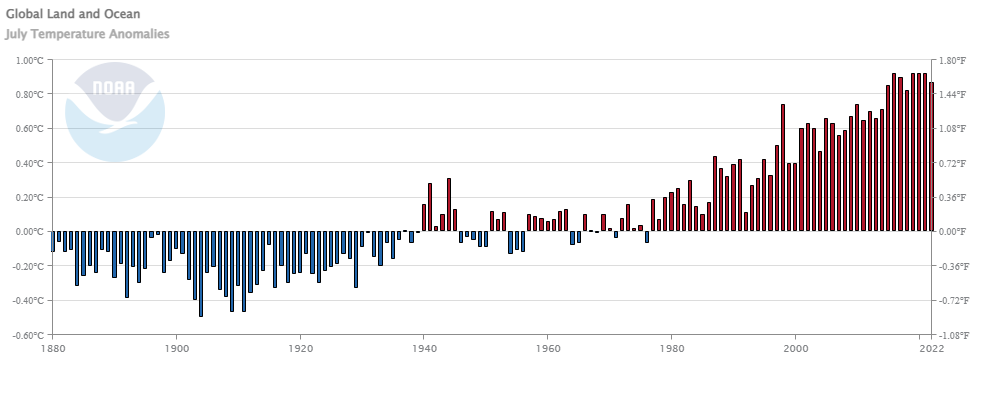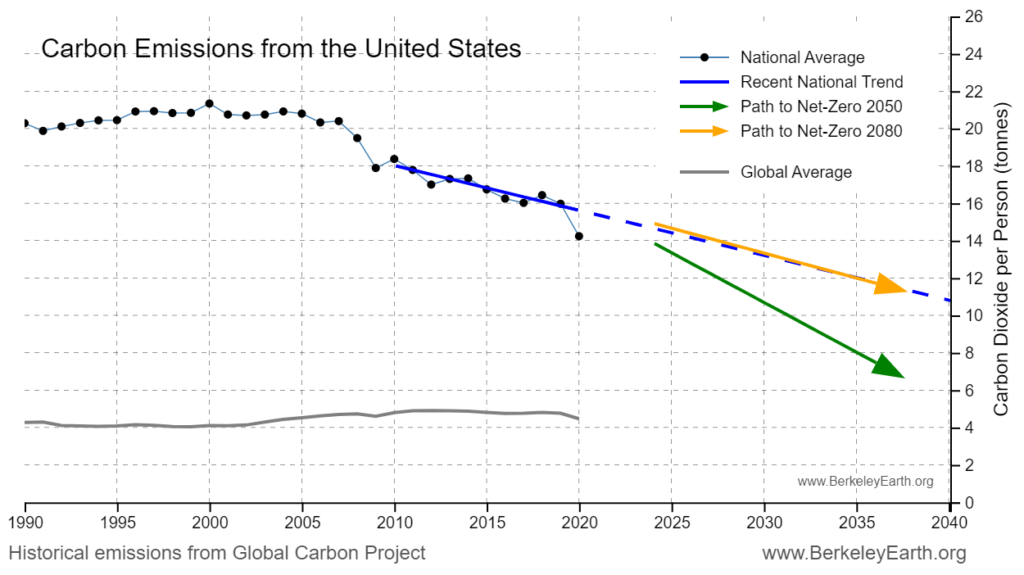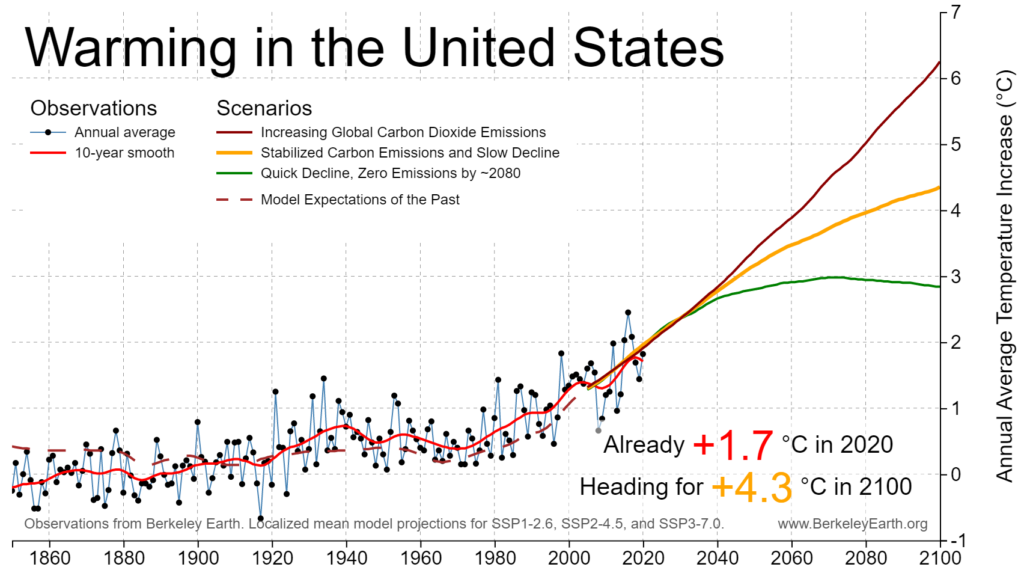From the eia article Nuclear power provided about 10% of California’s total electricity supply (9/19/2022) by Slade Johnson and Katherine Antonio:
In 2021, three nuclear power plants supplied about 10% of California’s electricity. Diablo Canyon, located in San Luis Obispo County, is California’s last operating nuclear power plant, and it supplied over 8% of California’s electricity in 2021.
The graph provided is a little misleading because it is in-state generation but
California has the largest state economy in the United States and is the fourth-largest electricity producer in the nation, accounting for about 5% of U.S. utility-scale electricity generation in 2021. Because more electricity is consumed in California than is produced there, about 30% of its electricity supply is imported, and 36% of its nuclear electricity supply is imported,
In a state that an only generate about 60% of its electricity needs, one nuclear plant generates 8% of its needs. The article has links to the data.
